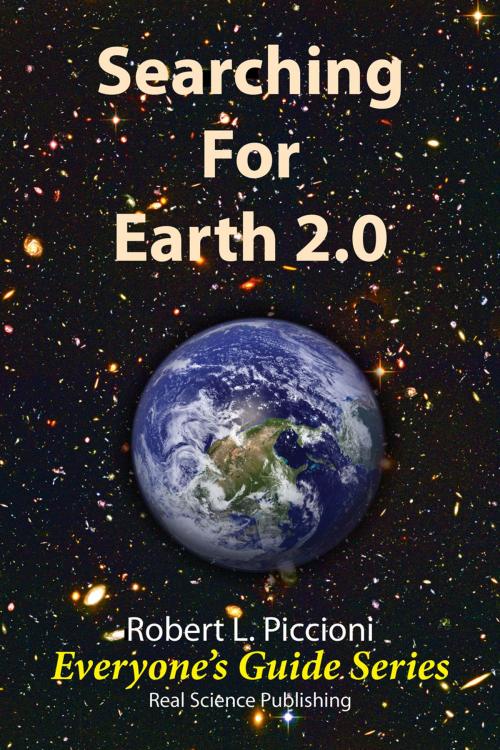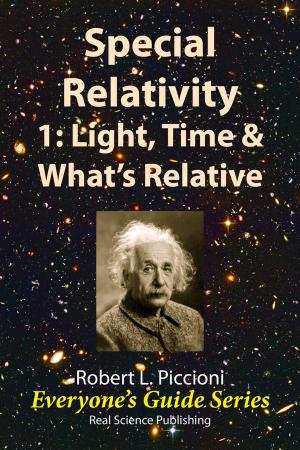| Author: | Robert Piccioni | ISBN: | 1230000147651 |
| Publisher: | Real Science Publishing | Publication: | July 3, 2013 |
| Imprint: | Language: | English |
| Author: | Robert Piccioni |
| ISBN: | 1230000147651 |
| Publisher: | Real Science Publishing |
| Publication: | July 3, 2013 |
| Imprint: | |
| Language: | English |
From the 16th century onward, scientists began to understand that the stars in the heavens are suns much like our own. They started to wonder whether those other suns had their own planets. And if so, they wondered, could any of those planets be like Earth.
Profound questions, but how could we answer them? Stars are typically a million times brighter than the planets that huddle near them. This means a star’s light swamps the feeble glow of any nearby planet. It seemed the search for exoplanets, planets beyond our own Solar System, would be like trying to spot a firefly next to a searchlight that’s 3000 miles away.
It seemed hopeless. But never underestimate human ingenuity.
This book describes the methods used to find exoplanets and how astronomers have succeeded in finding nearly a thousand new worlds.
From the 16th century onward, scientists began to understand that the stars in the heavens are suns much like our own. They started to wonder whether those other suns had their own planets. And if so, they wondered, could any of those planets be like Earth.
Profound questions, but how could we answer them? Stars are typically a million times brighter than the planets that huddle near them. This means a star’s light swamps the feeble glow of any nearby planet. It seemed the search for exoplanets, planets beyond our own Solar System, would be like trying to spot a firefly next to a searchlight that’s 3000 miles away.
It seemed hopeless. But never underestimate human ingenuity.
This book describes the methods used to find exoplanets and how astronomers have succeeded in finding nearly a thousand new worlds.















